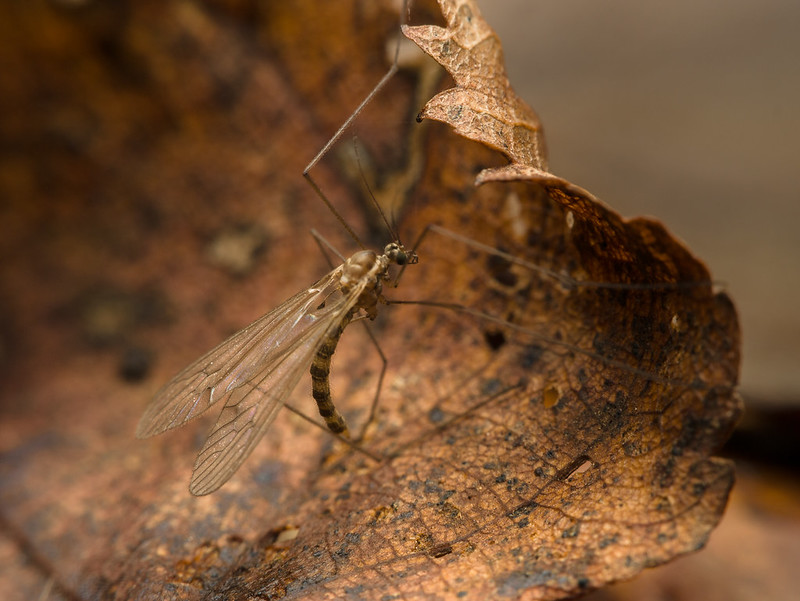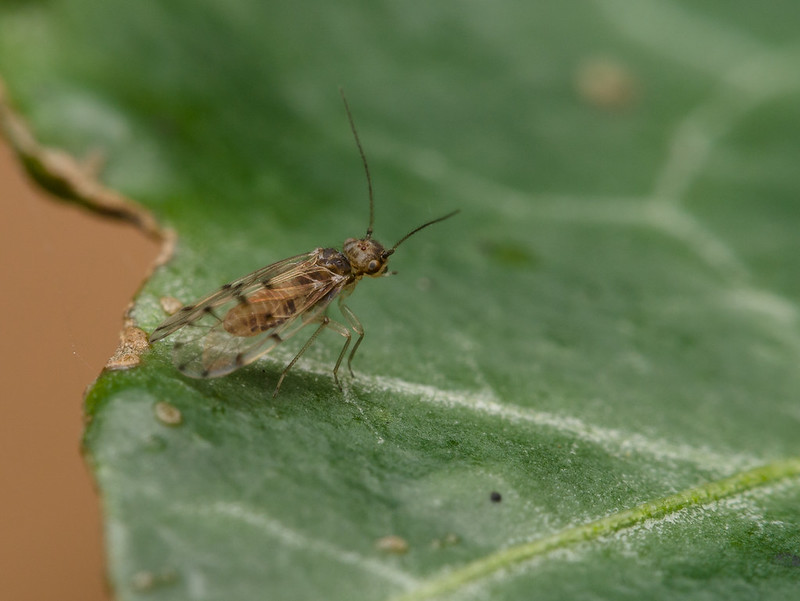GardenersHelper
In Memoriam
- Messages
- 6,344
- Name
- Nick
- Edit My Images
- Yes
I went to this wood looking for springtails. Here are some insects I encountered. There are more images of some of these, especially the barkflies (if that is what they are) in this set at Flickr. (The crane fly, if that is what it is, at #2 and #3, was tiny compared to crane flies I have previously seen.)
These were captured using my Panasonic G3 with 45-175mm lens, with Raynox MSN-202 for the last five and probably the Raynox 150 or 250 for the first three. The flash with diffuser was in the camera hot shoe.

0621 05 2014-11-18 P1850973 LR by gardenersassistant, on Flickr

0621 15 2014-11-18 P1860042 LR by gardenersassistant, on Flickr

0621 17 2014-11-18 P1860048 LR by gardenersassistant, on Flickr

0621 22 2014-11-18 P1860130 LR by gardenersassistant, on Flickr

0621 35 2014-11-18 P1860212 LR by gardenersassistant, on Flickr

0621 36 2014-11-18 P1860220 LR by gardenersassistant, on Flickr

0621 40 2014-11-18 P1860275 LR by gardenersassistant, on Flickr

0621 41 2014-11-18 P1860277 LR by gardenersassistant, on Flickr
These were captured using my Panasonic G3 with 45-175mm lens, with Raynox MSN-202 for the last five and probably the Raynox 150 or 250 for the first three. The flash with diffuser was in the camera hot shoe.

0621 05 2014-11-18 P1850973 LR by gardenersassistant, on Flickr

0621 15 2014-11-18 P1860042 LR by gardenersassistant, on Flickr

0621 17 2014-11-18 P1860048 LR by gardenersassistant, on Flickr

0621 22 2014-11-18 P1860130 LR by gardenersassistant, on Flickr

0621 35 2014-11-18 P1860212 LR by gardenersassistant, on Flickr

0621 36 2014-11-18 P1860220 LR by gardenersassistant, on Flickr

0621 40 2014-11-18 P1860275 LR by gardenersassistant, on Flickr

0621 41 2014-11-18 P1860277 LR by gardenersassistant, on Flickr


